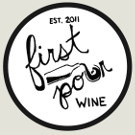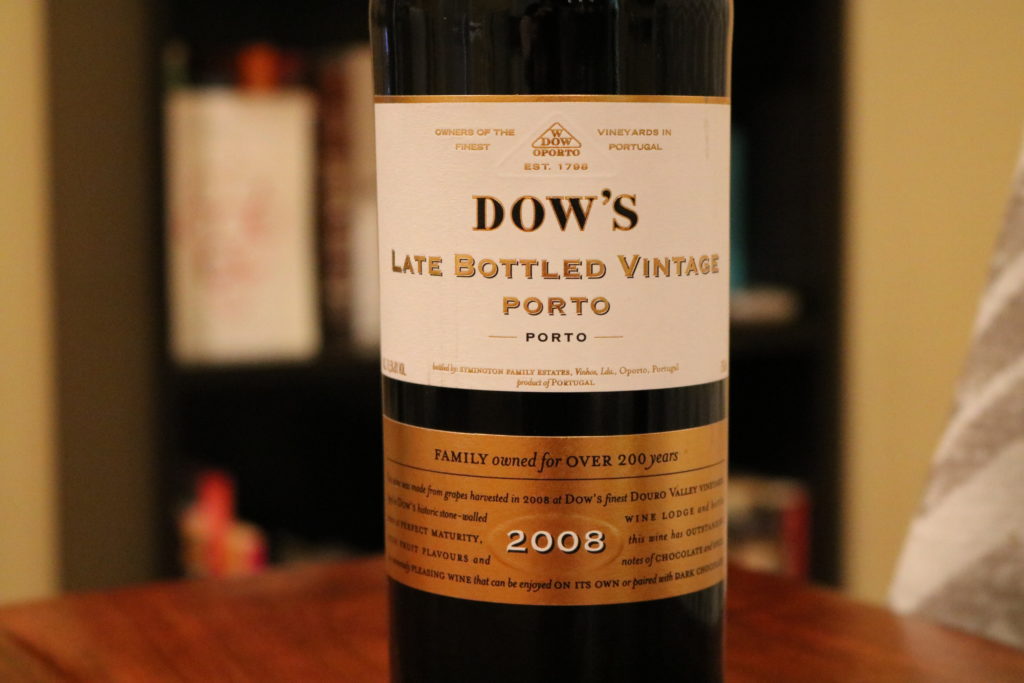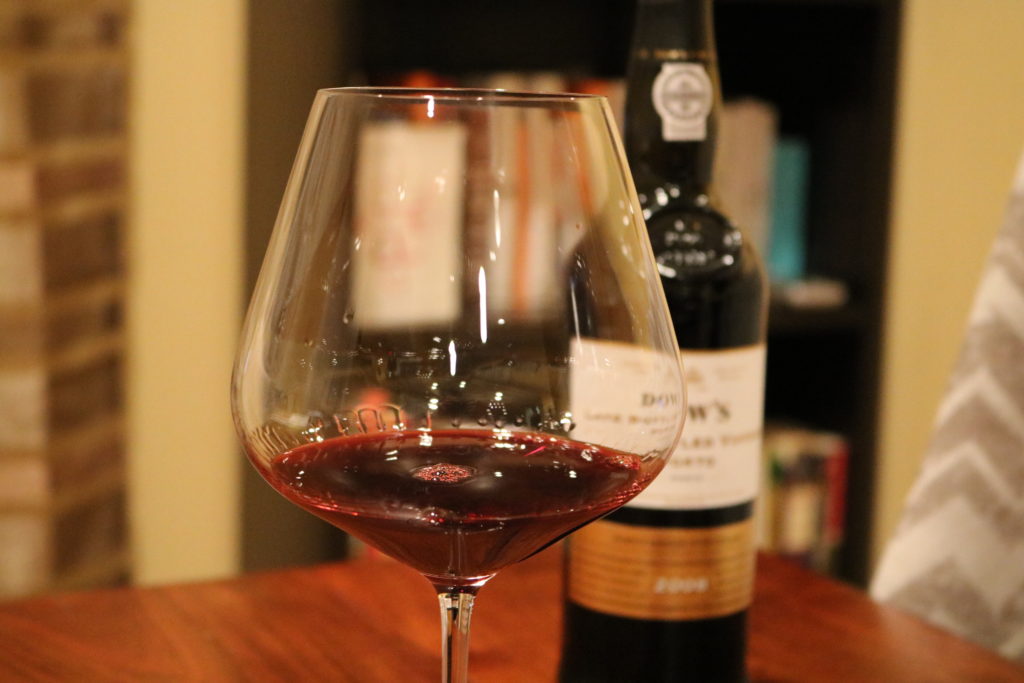Welcome to our final post in our series on the wines of Portugal, and the fourth on the region of Douro. Today, we’ll cover the remaining upper echelons of Port, with a focus on Late Bottled Vintage. If you want to start at the beginning of the series on Portugal, head over to Dão, and then click through to the right.
Port
While many Porto fall into the category of Reserve, Ruby, or Aged Tawny, there are several other important classifications that you may encounter. Each one signifies different production methods, and varying levels of quality.
- Late Bottled Vintage – These are the next level up in terms of quality, and amazingly satisfying and rich. Late Bottled Vintage Ports (LBV) are made almost every year, and come from a single vintage. They spend anywhere from four to six years in the barrel, and are then bottled. Unlike a true Vintage Port, these are ready to serve immediately, and have no sediment to worry about. Unlike a true Vintage Port, they pale in comparison in terms of their lusciousness.
- Vintage Port – The big kahuna of the Port world, Vintage Ports tend to be the most sought after and sinfully luscious. Only made in exceptional years, and from the best grapes, they spend just 2 years in the barrel. They’re then bottled, and age reductively, concentrating the flavors. Typically, a decade is recommended to age it, although several decades would not be uncommon. Finally, a reminder that Vintage Port is unfiltered, so decanting is a must.
- Single Quinta Vintage Port – A quinta refers to a farm, or in this case, the vineyard estate itself. These ports are sometimes unique products of the climates in which they reside (as the Douro has many microclimates), and are from the best vineyards in those microclimates. If a vintage were declared, it would be impossible to make a Single Quinta Vintage Port as those grapes would need to be used in the Vintage Port. Other than the difference of being from a single quinta, these ports have all the same aging, decanting, and storage requirements of a Vintage Port, usually for a slightly lower price.
Specialty Styles of Port
In addition to the above types, there are even more rare types of port one may encounter:
- Colheita – Single Vintage Tawny Port that must be aged at least 7 years. These are the rarest Ports.
- Crusted Port – Sounds gross right? This is made from the dregs of Vintage Port, and bottled after 3-4 years. It’s full-bodied, aggressive, and unfiltered. Decanting required.
- Garrafeira – Port from a single exceptional year that’s aged briefly in wood, before being aged 20 – 40 years in glasses called bonbonnes. It is then bottled, and sold. Rich like a Vintage Port, but supple like a tawny.
Quick Summary on Port
- Known for: Port!*
- Best Wine Style: Fortified, vivid and sweet red wines
- Best Varietals: Tinta Barroca, Tinto Cão, Tinta Roriz, Sousão, Touriga Franca, Touriga Nacional
- Notable Producers: Cockburn’s, Dow’s, Graham’s, Niepoort, Quinta do Noval, Sandeman, Taylor Fladgate, Warre’s
Dow’s Late Bottled Vintage Porto 2008
I enjoyed Cockburns in college, but I worry at times it was more for the name than the wine. After all, they’re Special Reserve was cheap, sweet, and full of delicious red berry flavors. What wasn’t to love? As I’m now older, I’ve grown curious about LBVs (and after this, Vintage Port in general), and decided to crack open my bottle of Dow’s Late Bottled Vintage Porto 2008 (or roughly the same year I was finally allowed to buy Port… well, in the US.)
Sight: A moderate purple core with hot pink edges.
Smell: Deeply concentrated blueberries and blackberries for the foundation, while notes of chocolate, prune, a subtle caramel note, and spice all add on.
Sip: Slightly less sweet than expected, but well rounded and with a burst of acidity. The body is full, smooth and spicy, loaded with overripe blueberries, blackberries, plums, and cassis. A subtle dark chocolate covered cherry comes into play as well. There’s super jammy, almost concentrated notes to everything.
Savor: The finish is loaded with plums, blackberries, dark chocolate, and spice. A more refined tannin is in play here.
Dow’s Late Bottled Vintage Porto is well crafted, layered with flavor, and easy to enjoy. The deeply concentrated fruit flavors are lovely against the more complex chocolate and spice notes. The mouth feel is smooth, if not velvety. The wine is lively, and the sweetness is well balanced. Overall, there’s a lot to love about Dow’s Late Bottled Vintage Porto, especially if you’re in the mood for Port.
Verdict: Jammy Blackberries, Concentrated Blueberries, Dark Chocolate, Spice
Rating: 89
Price: $23
Douro, Portugal


